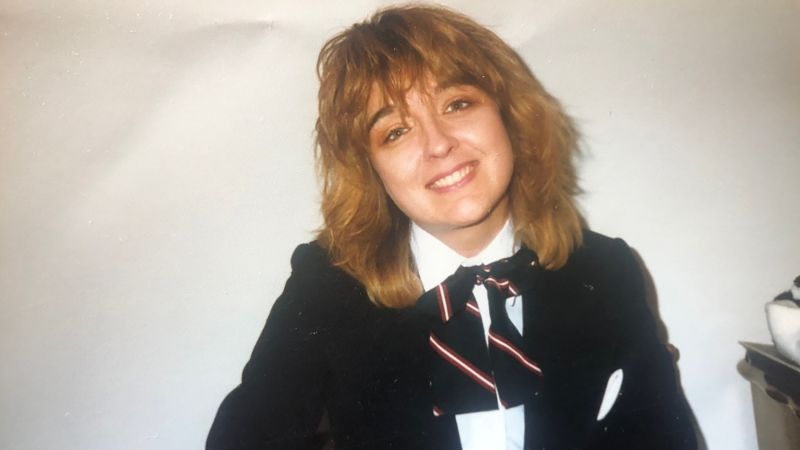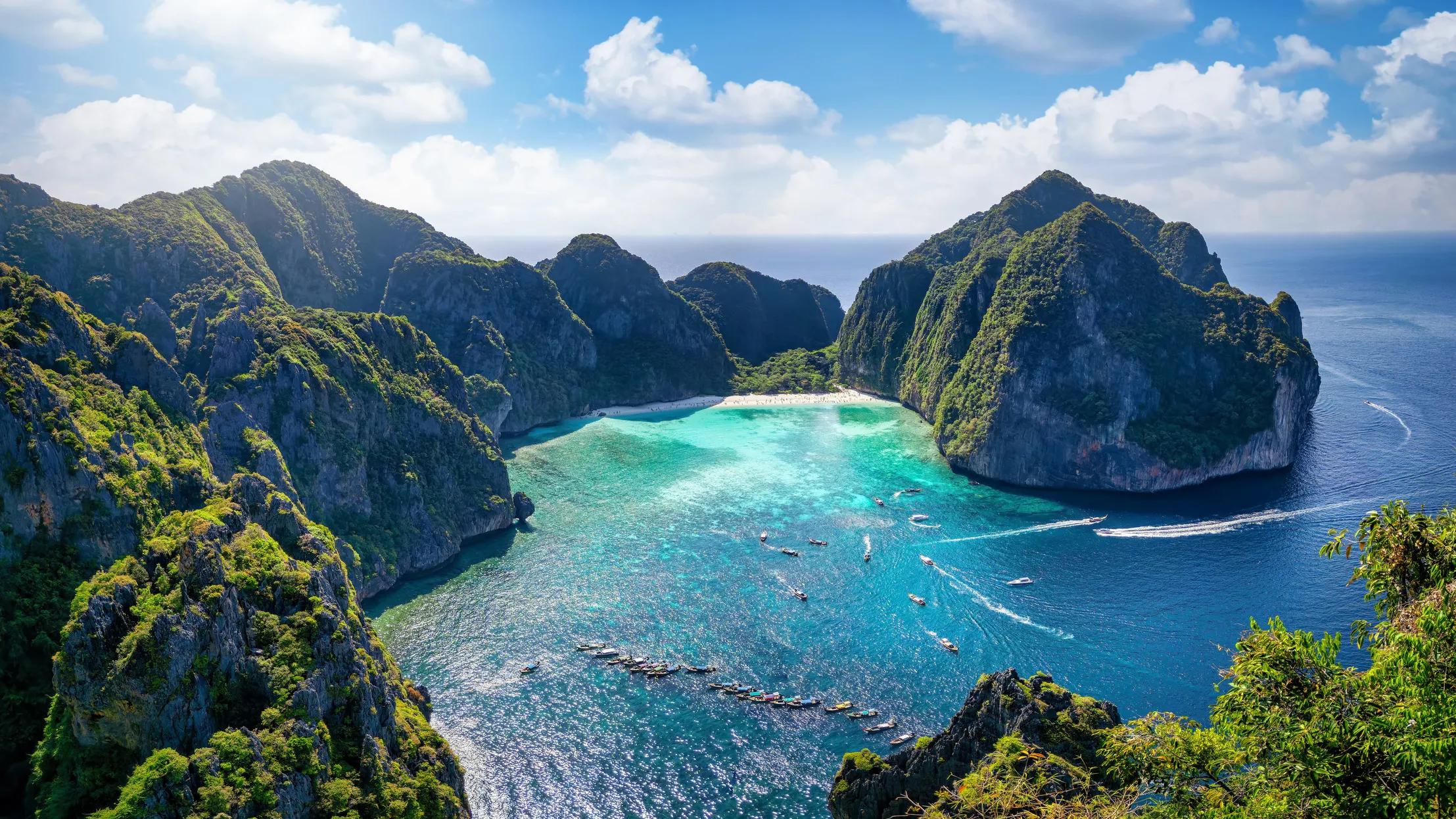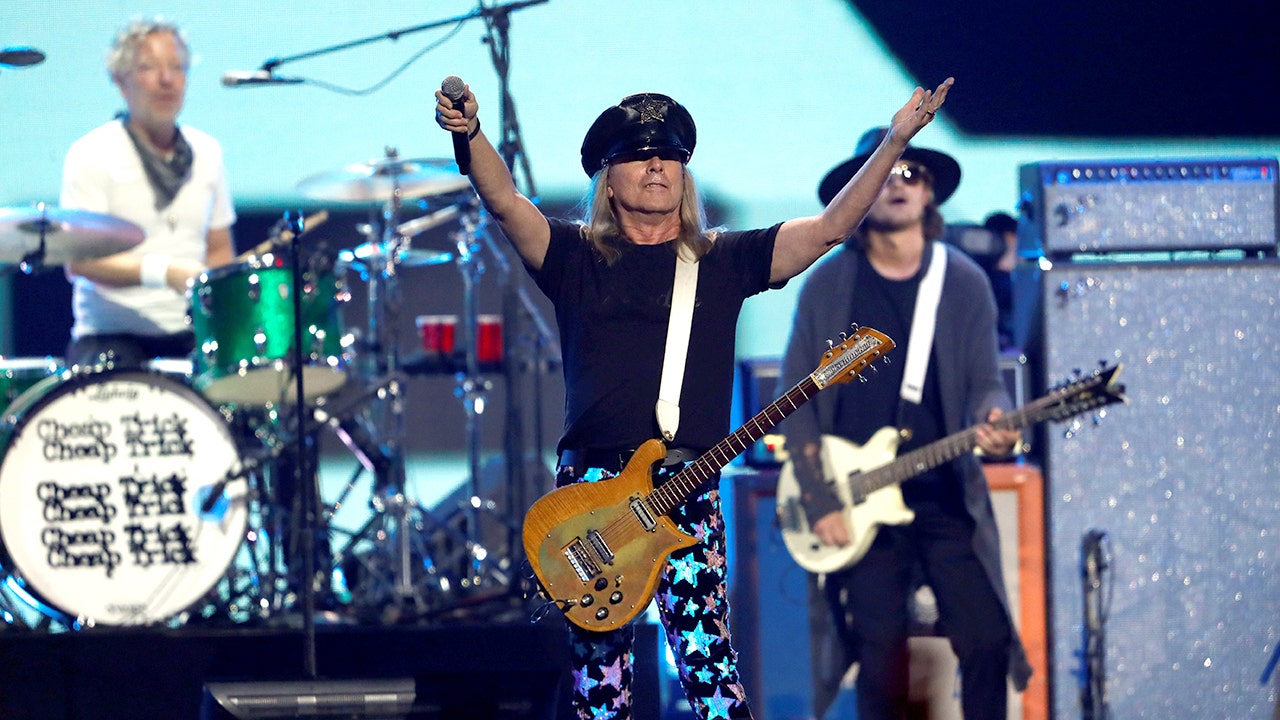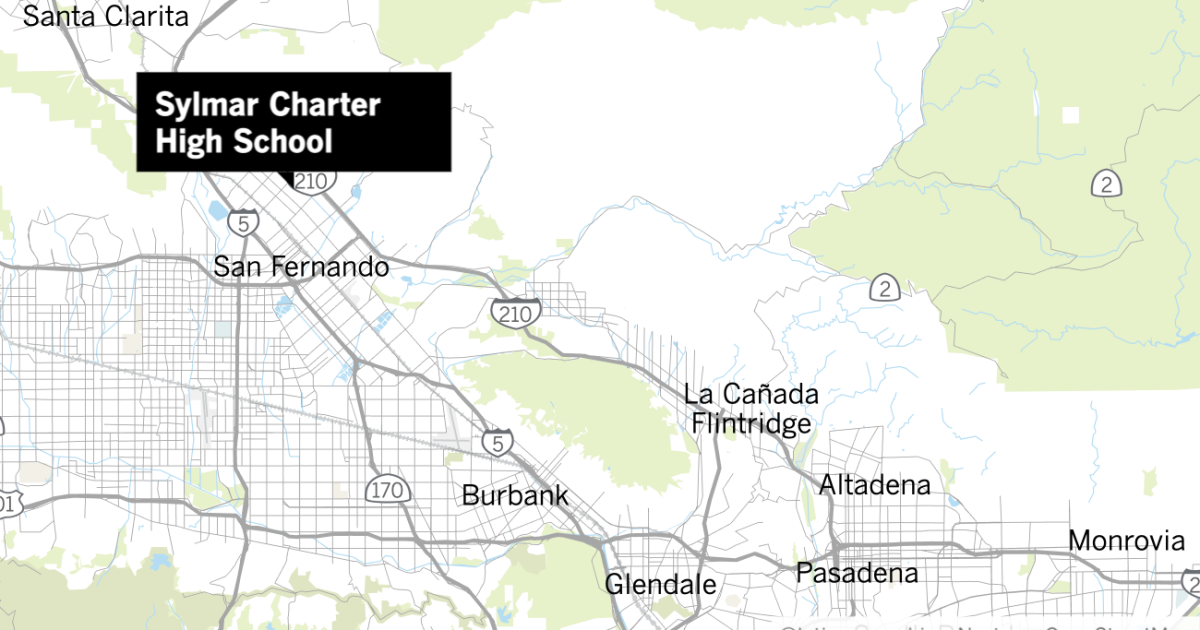cnn
—
“I came of age when the jet age came of age,” says Ann Hood, American novelist and New York Times best-selling author, whose book “Fly Girl” is a memoir of her years of adventure. as a TWA flight attendant, right? at the end of the Golden Age of air travel.
As a child growing up in Virginia, she witnessed the first flight of the Boeing 707, ushering in the era of airline travel, and saw Dulles Airport being built.
At the age of 11, after returning to her native Rhode Island with her family, she read a 1964 book titled “How to Become an Airline Stewardess” and made a decision.
“Even though it was wildly sexist, it appealed to me because it talked about having a job that allowed you to see the world and I thought, well, that could work.”
When he graduated from college in 1978, Hood began submitting job applications to airlines. “I think 1978 was a really interesting year, because a lot of the women I went to college with had one foot in old ideas and stereotypes and the other in the future. “It was a bit of a confusing time for young women.”
“Stewardess” was a newly coined term, a gender-neutral improvement on “hostesses” and “hostesses,” and deregulation of the airline industry was just around the corner, ready to change things.
But for the most part, flying was still glamorous and sophisticated and stewardesses were still “beautiful and sexy ornaments,” as Hood says, although they were already fighting for women's rights and against discrimination.
The stereotype of flight attendants in miniskirts flirting with male passengers still persists, popularized by books such as “Coffee, Tea or Me? The Uninhibited Memoirs of Two Airline Stewardesses,” published as factual in 1967, but later revealed to have been written by Donald Bain, a public relations executive for American Airlines.
Photos of vintage dining experiences on board
Some of the worst requirements for being hired as a flight attendant, such as age restrictions and job loss in the event of marriage or childbirth, had already been removed, but others remained.
Most shocking, perhaps, was the fact that women had to maintain the weight they had at the time of hiring.
“Every airline sent you a chart with your application, you looked at your height and maximum weight, and if you weren't within those limits, they wouldn't even interview you,” Hood says. “But once you were hired, at least at TWA, you couldn't reach that maximum weight. You had to stay at your signing weight, which in my case was about 15 pounds less than my maximum limit.
“My roommate got fired for this. The really terrible thing about this, besides what he did to women, is that this restriction was not removed until the 1990s.”
Hood was one of 560 flight attendants, among 14,000 applicants, hired in 1978 by TWA, then a major airline, acquired by American Airlines in 2001.
The job began with a few days of intense training in Kansas City, where cadet flight attendants would learn everything from the names of aircraft parts to emergency medical procedures, as well as the safety protocols of seven different aircraft. The list included the Queen of the Skies, the Boeing 747.
“It was a little scary, because it was so big, and the stairs, the spiral stairs that led to first class, that you had to go up and down quite a few times,” Hood says. “I kept thinking: don't trip. In the end I got used to it.”
chateaubriand carving
She says her favorite plane to work on was the Lockheed L-1011 TriStar. “Domestically, it was only flown by Eastern Airlines and TWA. It was a very accessible and functional wide-body aircraft, with a beautiful configuration of two seats on each side and then four seats in the middle, so everyone could get out easily. “No one was unhappy on that plane.”
Flying was still glamorous at the time, he says.
“People dressed up to fly and remembered the food very well. It's really different from today. I can only compare it to being in a nice hotel, or maybe on a cruise ship. Nothing was plastic and coach class was super nice,” says Hood, who remembers putting on his Ralph Lauren-designed uniform and carving cooked-to-order chateaubriand for first-class passengers, who also had a choice of Russian caviar and lobster bisque for accompany your Dom Perignon. .
It wasn't all a bed of roses. Smoking on board was widespread and for flight attendants it was a nightmare.
“If you went on a five-day trip, which wasn't unusual, you had to pack a whole uniform separately because you smelled so much like smoke,” Hood says. “Wow, I was glad when that was over. The first rows of each section were considered non-smoking, but the whole plane filled with smoke because you couldn't stop it from going back, it was ridiculous.”
What's up with the Mile High Club? “It wasn't unusual on international flights to see a man go to the bathroom and a minute later his seatmate would join him, or some version of that,” Hood says. “It didn't happen on every flight, but you saw it.
“International flights weren't normally as full as they are now, so in those five-seat middle sections on a 747 you could see a couple lift the armrests, grab a blanket and disappear under it. “I can't say what they were doing, but it seemed suspicious.”
As for passengers flirting or asking out flight attendants, it was also common. “I went out with passengers, but it was mostly disastrous. It was never what I had imagined. But in 1982 I met a guy on a flight from San Francisco to New York. “He was sitting in 47F and I dated him for five years.”

Hood has seen his fair share of strange things on board. “The strangest one would definitely be the first-class woman who seemed to be nursing her cat. I mean, I can't say it was really happening, but she had her cat on her chest.
“And then the guy who flew all the way in his white tights, dress shirt and tie, because he didn't want to wrinkle his pants for a job interview. Or the guy on a 747 in Frankfurt who was riding his bike down the aisle,” she reveals.
That said, routine sometimes kicked in and not every flight was a wonderful concentration of adventure and glamour.
“I would say the job was 80% fun and 20% boring. On some flights, especially those that were not very full, there was a lot of time to fill. You can only serve people so much food and drinks, and play so many movies. I made work fun. I loved talking to people. I loved the feeling. I still love flying today,” says Hood.
She says it was indeed possible to visit and experience the cities she traveled to. “Sometimes your layover was too short or you were just tired, but for the most part, the city was right next door. “I took advantage of that a lot when I flew internationally.”
She left the job to focus on her writing career in 1986, and by then things had changed. Deregulation, which removed federal control over everything from fares to routes, had taken full effect, changing flying forever.
Planes were filled with more seats and tourism was no longer as enjoyable, but flying was also democratized and made available to a much larger part of society.
Hood says she is proud of her career in the skies.
“Stewardesses are a force. They are very unionized. They are independent. They make all the decisions in the cabin. They have to solve problems. They are there for emergency things. They land in cities where they don't know anything or anyone and they find their way.
“It is such an enriching job, but it is a sexist job. In itself, it is as contradictory today as when I started it,” she states.
However, he recommends it as a professional option.
“I was 21 when they hired me and that gave me confidence, it gave me poise and the ability to think quickly,” he adds. “Getting on that plane and, once I got off, walking into a city and feeling completely at home, or at least figuring out how to feel at home in it.
“I don't know if it should be someone's life's work; If they want it to be, great. But I think a few years working as a flight attendant could change your life.”












